A journey of a thousand miles begins with a single step.
—Lao Tzu, Tao Te Ching
In our Spring & Summer 2017 issue of Quill & Ink, we announced that we have, after many years of dreaming about it, sold our lovely, cozy little home near Lake Champlain in northern Vermont and have embarked on an adventure of traveling to and living in new places and exploring distant horizons.
Later this fall, we will fulfill a decades-long dream of living an easy morning’s stroll from the ocean; until then, we find ourselves on this rather remote and beautiful land.
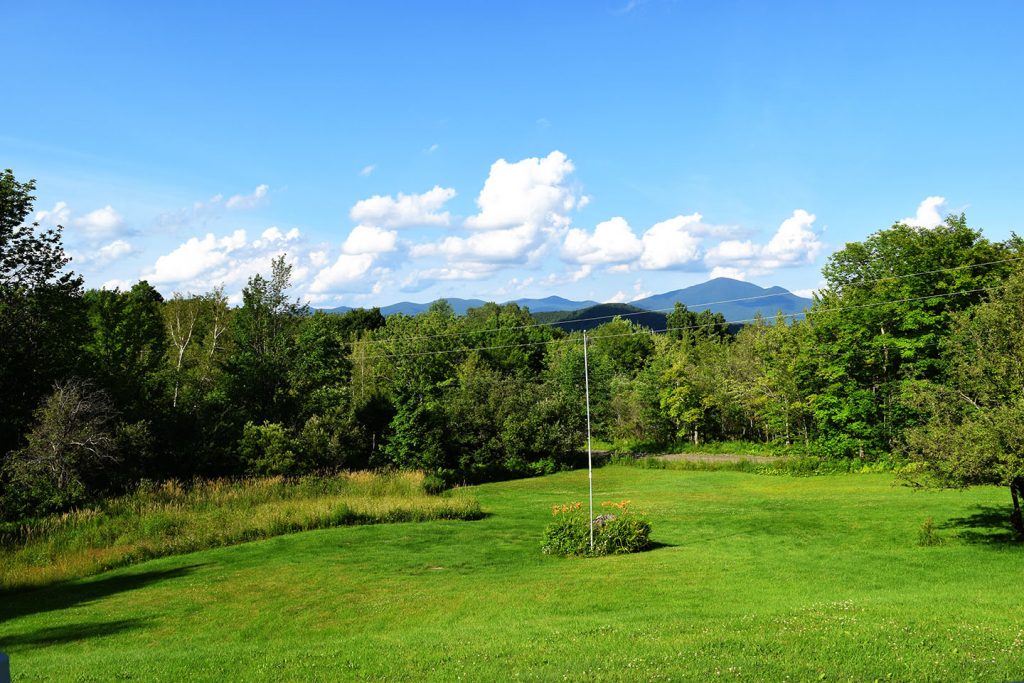
It once belonged to and was farmed by Sara’s great-great-grandfather and has remained within the family since that time. It is at an approximate elevation of 1,024 feet and is part of what are known as the Cold Hollow Mountains, which encompass important ecological landmarks across western New York, northern Vermont, New Hampshire, Maine, and well into Canada, including southern Québec and all the way to the Maritime provinces, allowing for strong and diverse populations of moose, bobcats, bears, fishers, and many other magnificent members of our natural world. In fact, many species of birds have as much as 90 percent of their global population breeding in these mountains! The mountains also contribute to recreational and material industry—in fact, there is an active maple syrup operation on this old farm—as well as the clean air and water these pristine forests provide.
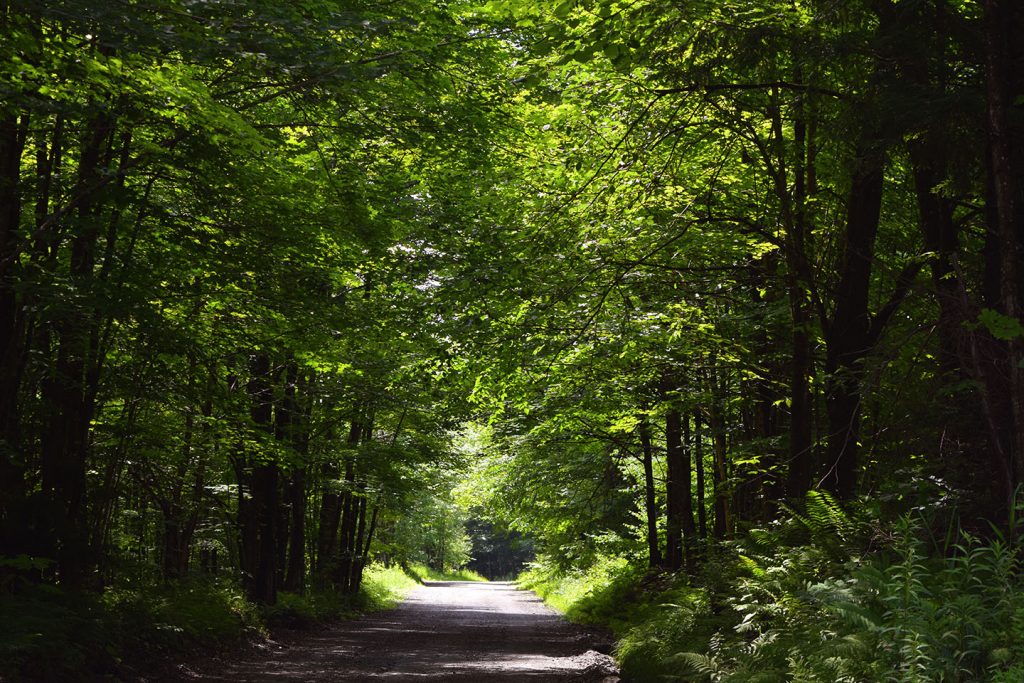
Iconic covered bridges straddle waterways all around us, some of which date back to 1883 and still enjoy regular use. They were designed for protection against heavy snowfalls and suitably fortified to withstand the demands of the heavy wagons and logging vehicles of yesteryear.
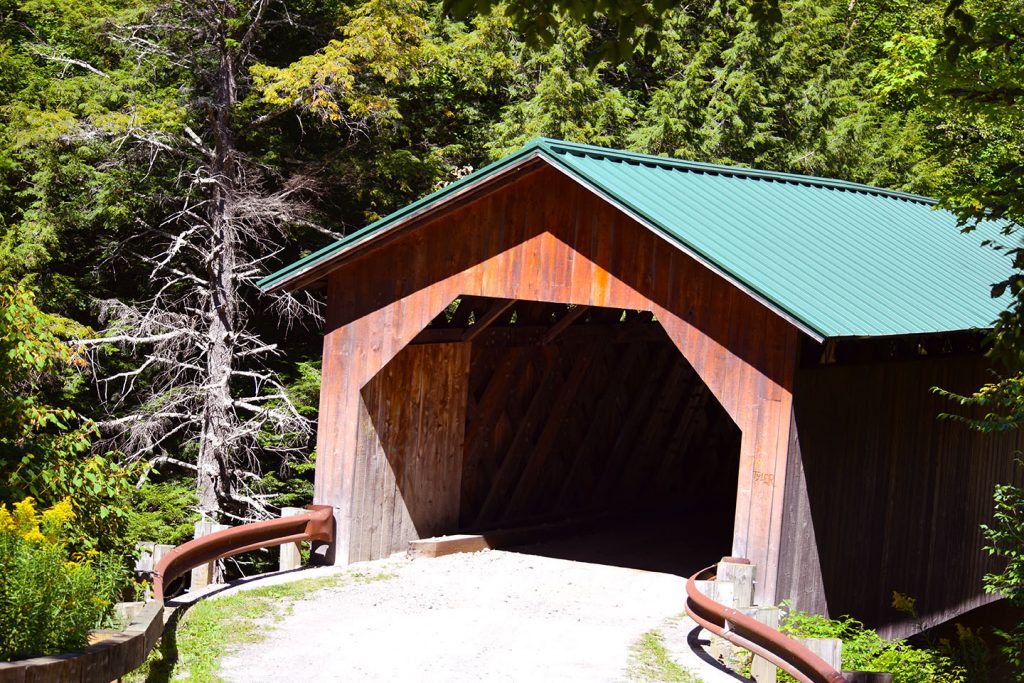
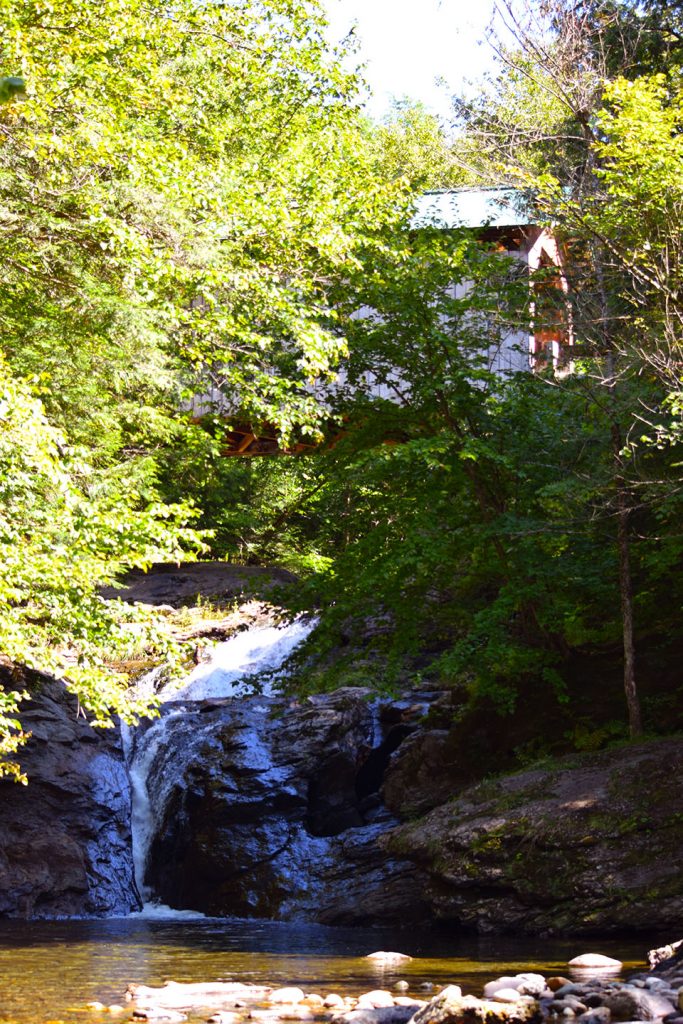
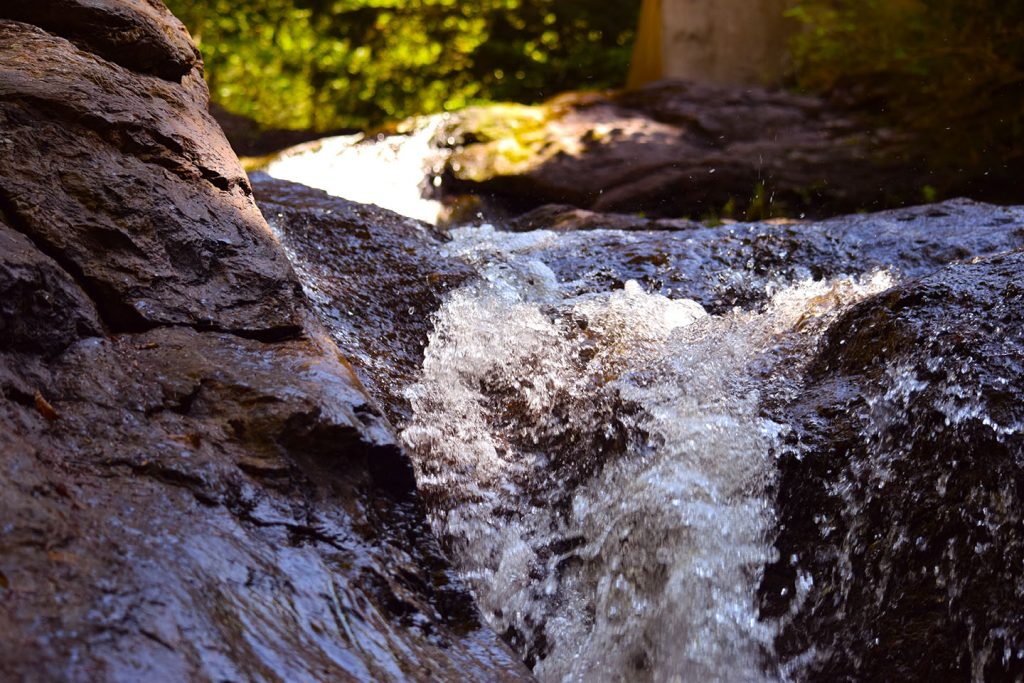
At the site of this particular bridge once stood a creamery, which supported the forty-nine farms that graced our immediate surroundings once upon a bucolic time.
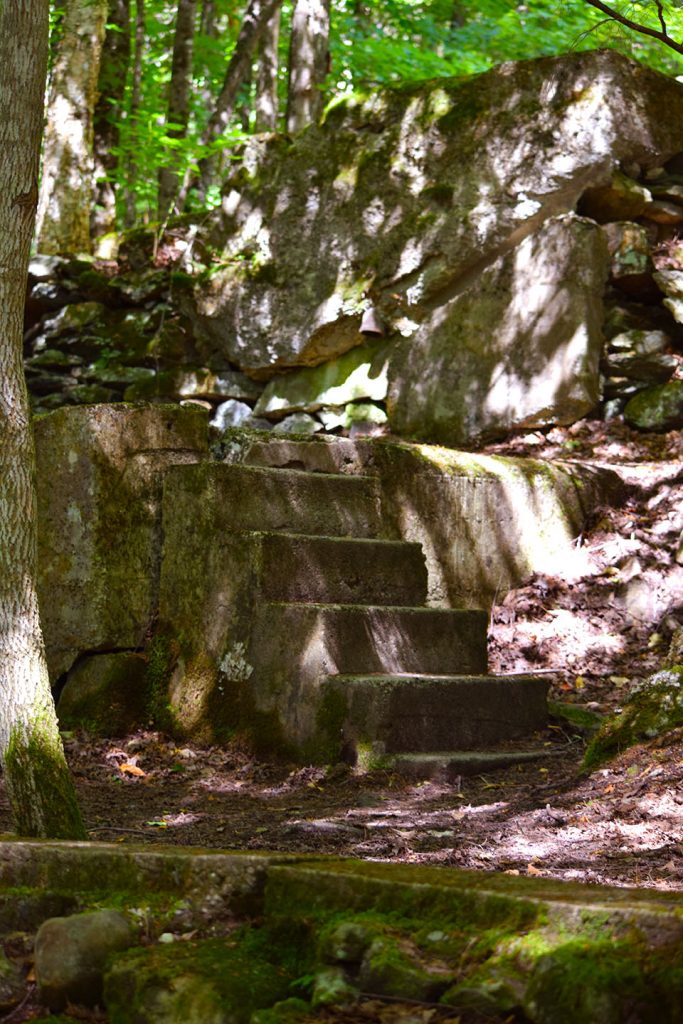
As for the secluded mountain retreat nestled into the side of this mountain, it is airy and bright, boasting crisp, fresh spring water and a cozy woodstove. Wild fruit trees, berry bushes, and wildflowers ramble everywhere.
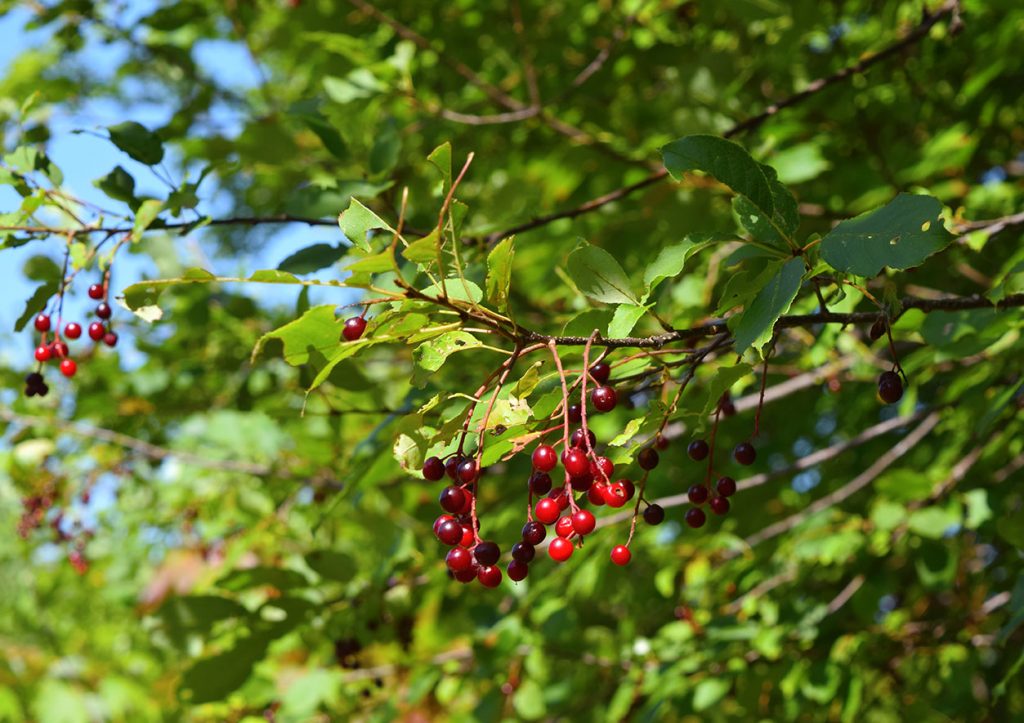
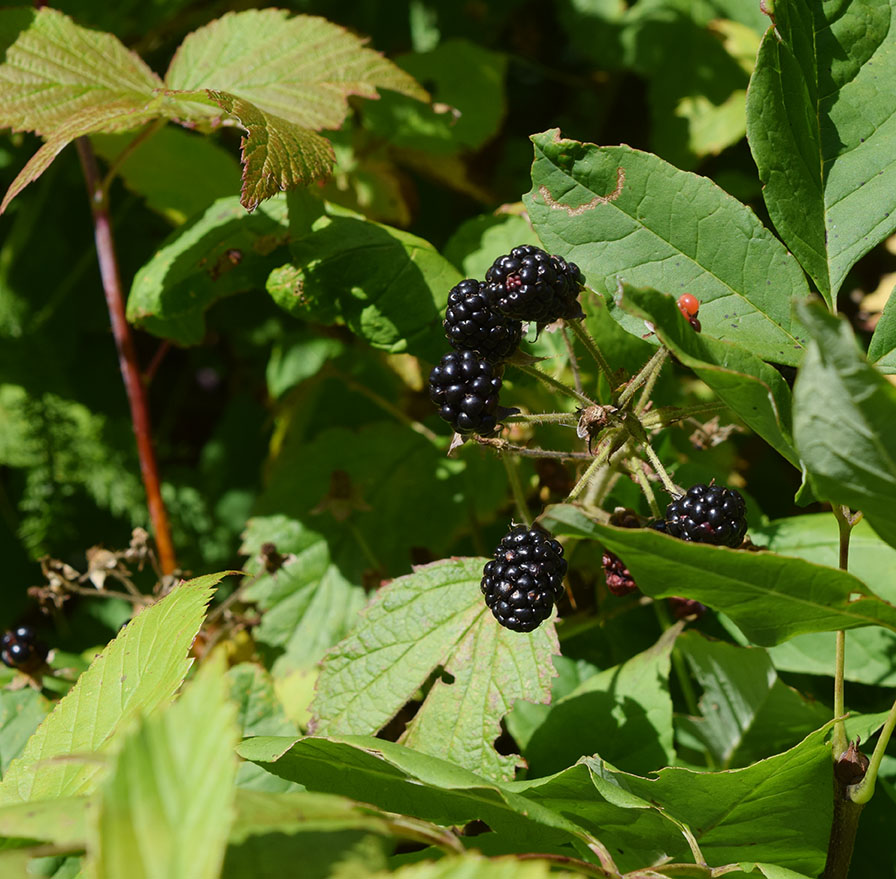
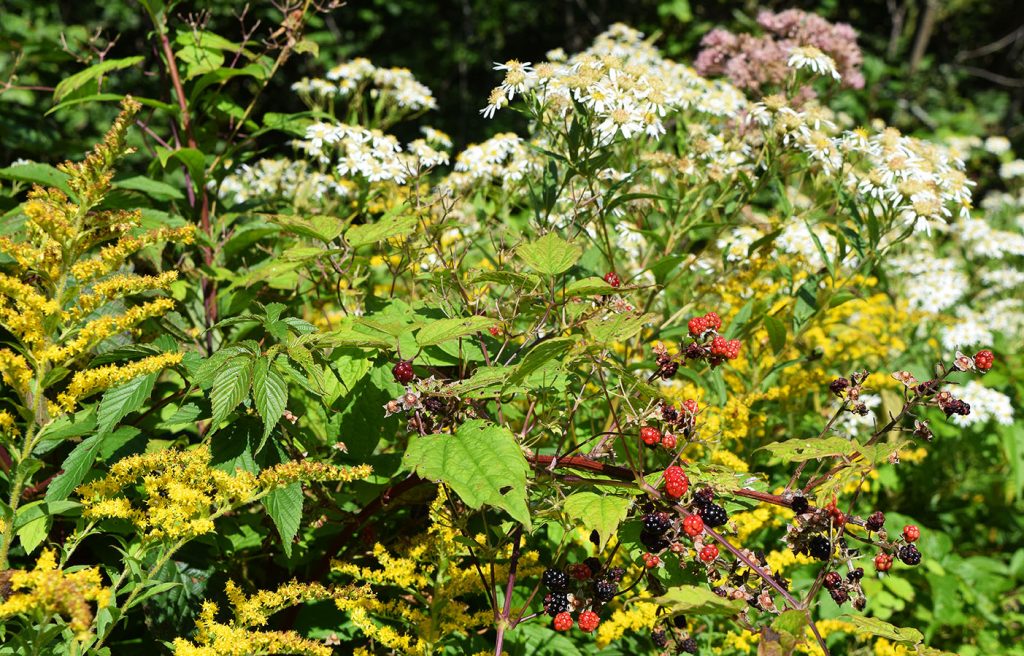
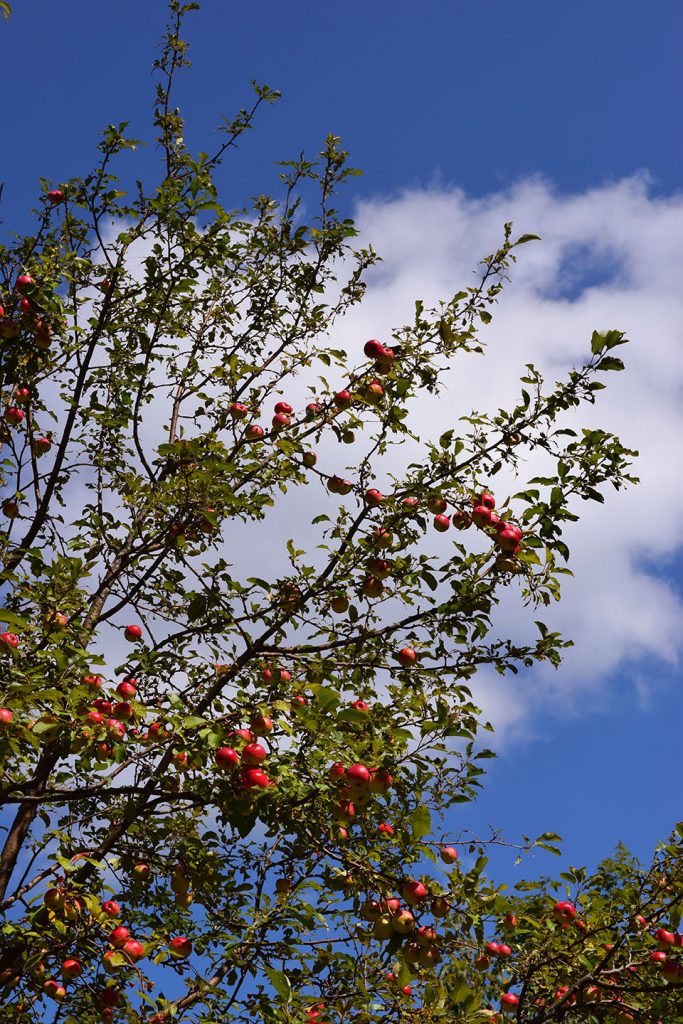
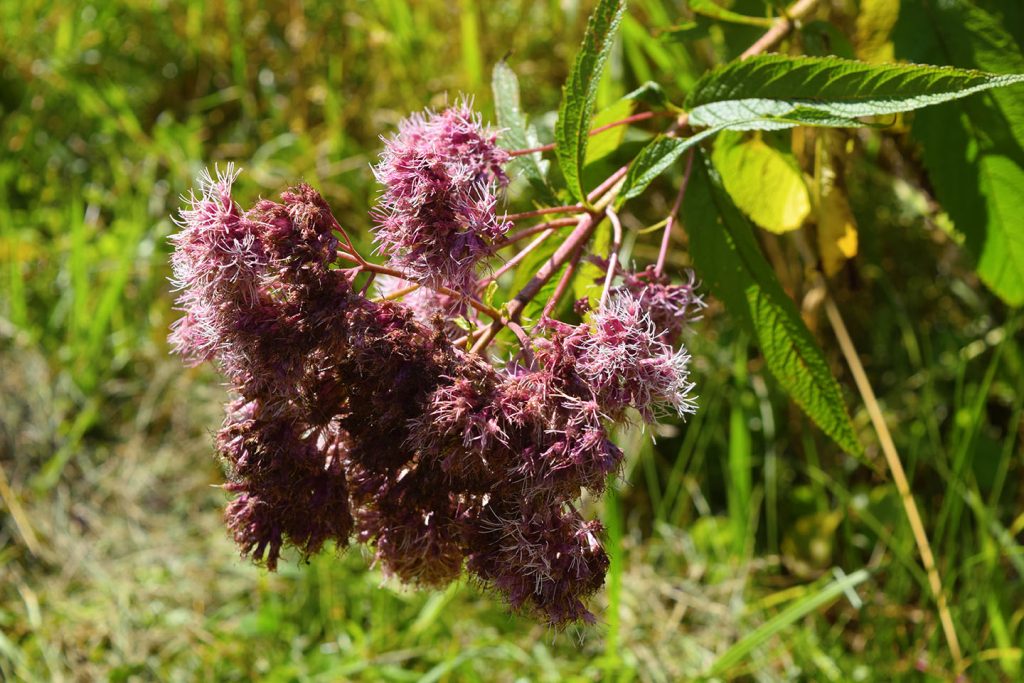
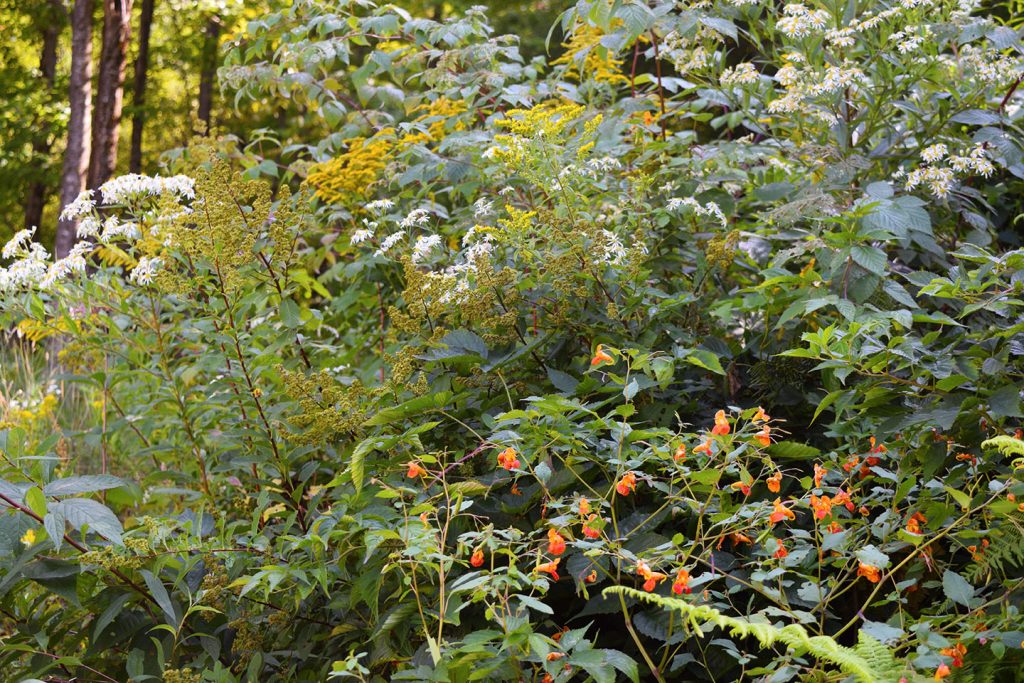
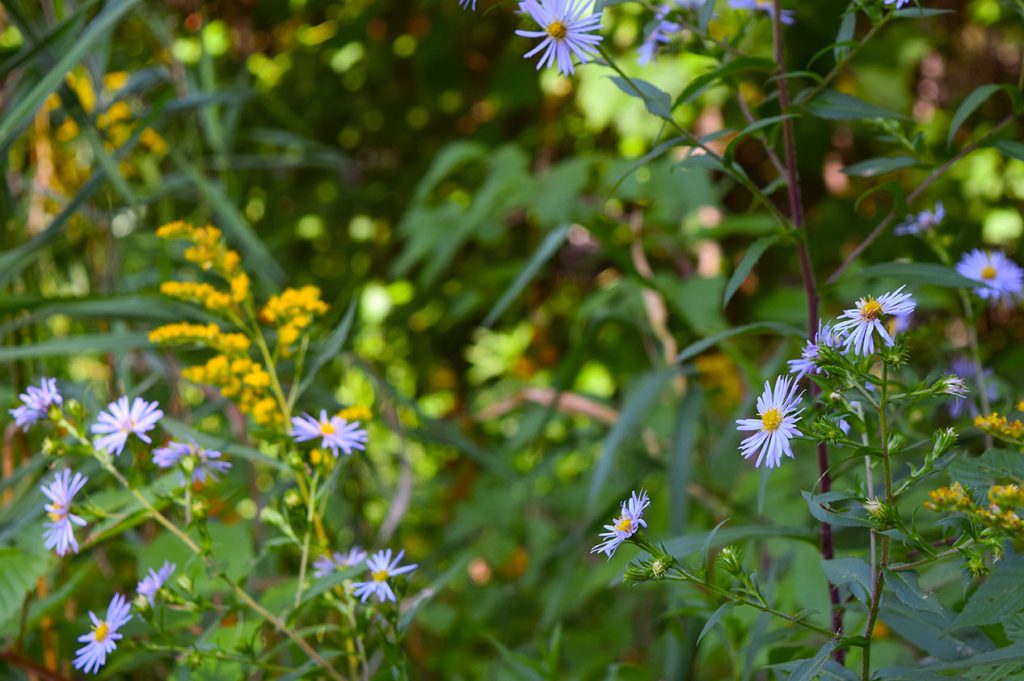
It is generally blissfully quiet here—we are, after all, a nearly fifteen-minute drive from a paved road, even farther from a country store, and nearly an hour from a traffic light—providing a grand stage for the birdsong and serenading insects. In the deep blackness of night without a nearby streetlight or a neighbor’s lamplight, the stars sparkle like scattered snow in the sun. And when the stars melt away and the sun peeps over the ridge …
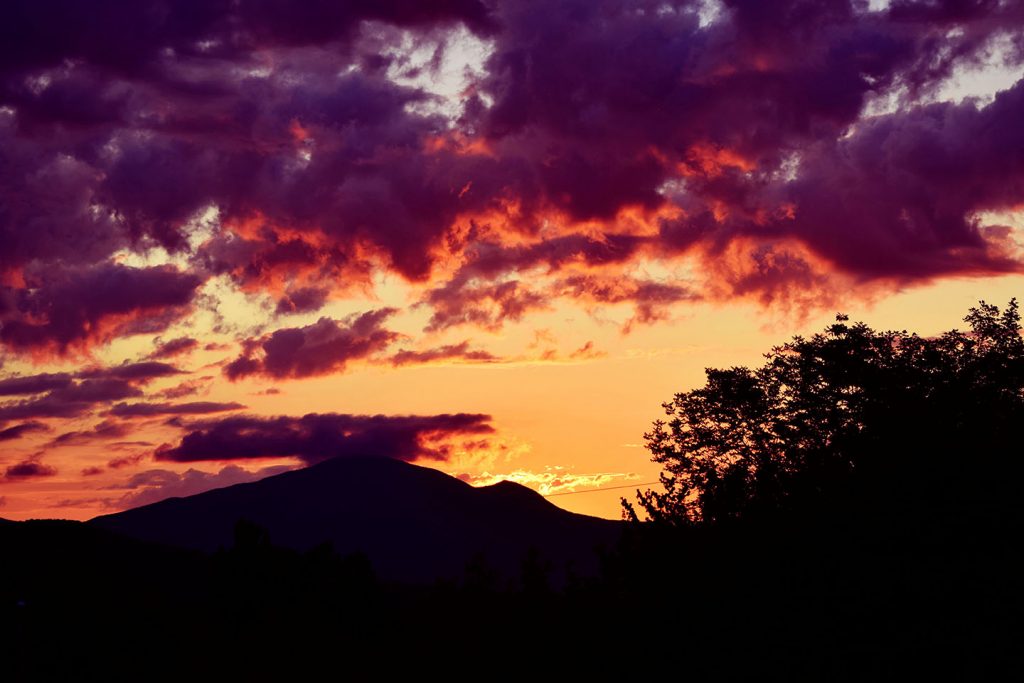
On warmer mornings, we linger over breakfasts and steaming cups of coffee on the sunlit porch overlooking the layers of mountains that stretch their toes nearly into Québec (we’re so far north that French radio stations reach us far better than any others).
And it isn’t just breakfast we enjoy out in the fresh air.
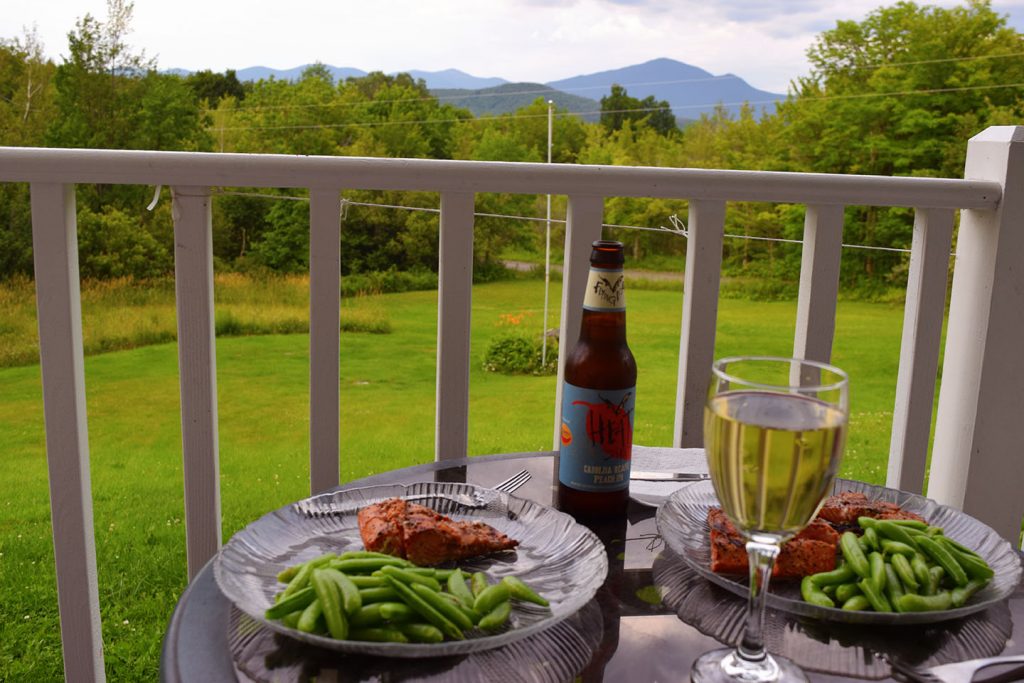
Some of our little neighbors occasionally join us for a tasty meal on the porch.
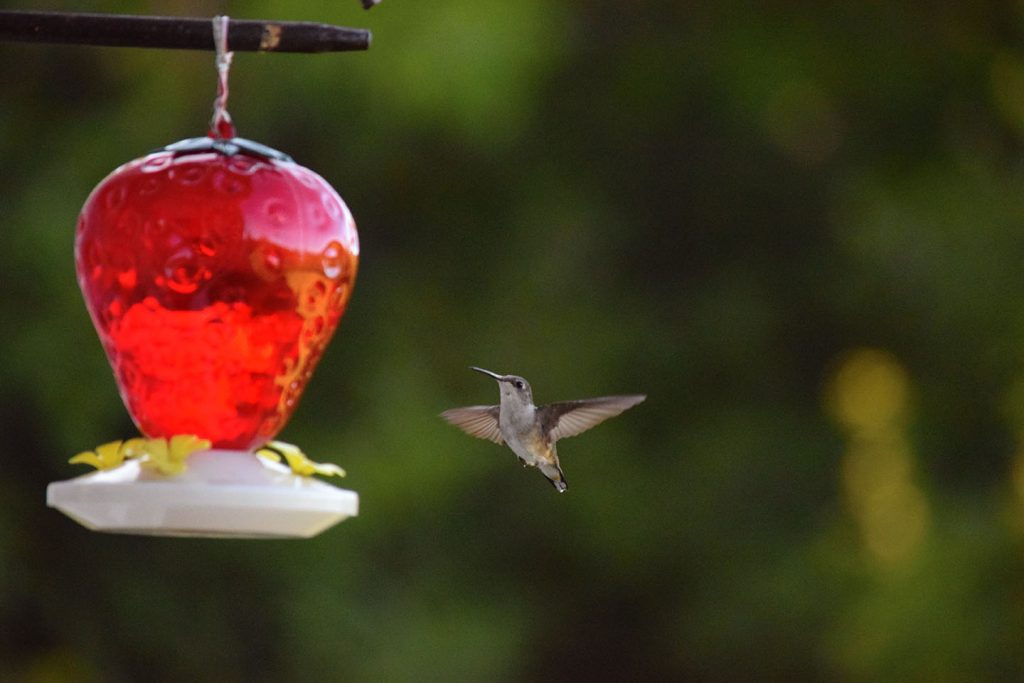
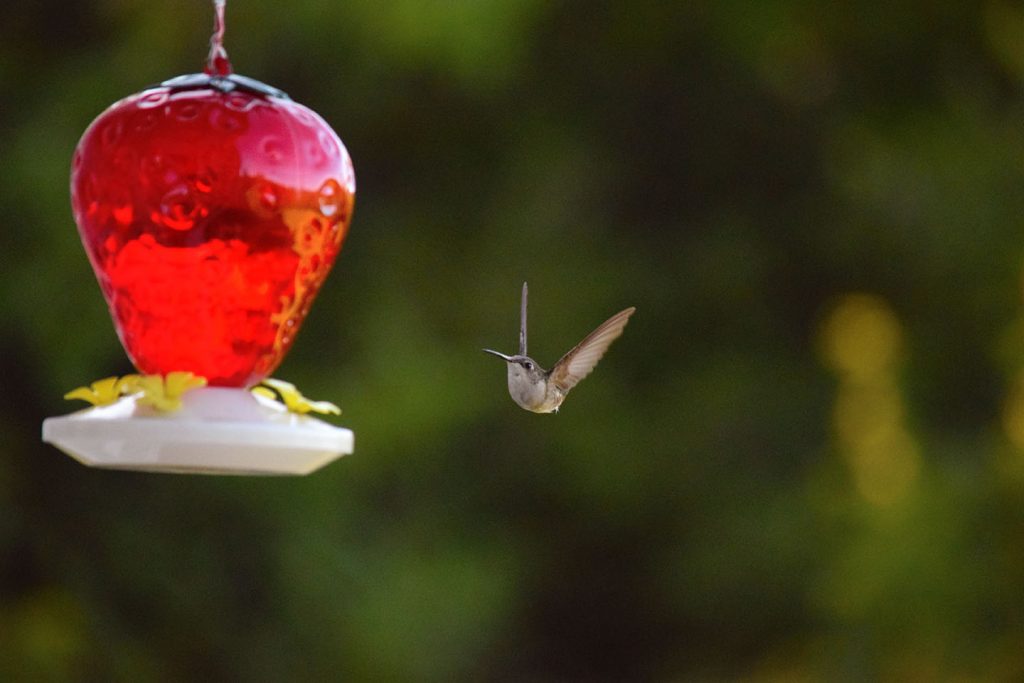
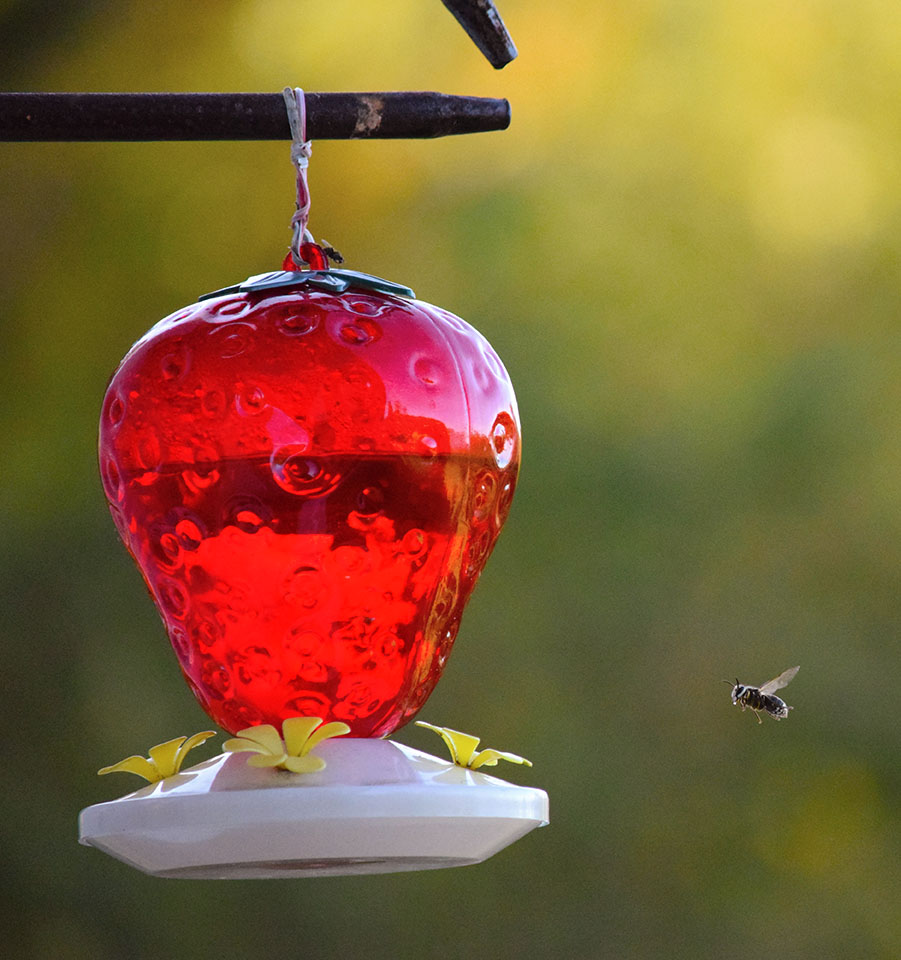
Colder mornings often begin with sipping our coffees and snuggling with our dogs around the lambent fire.
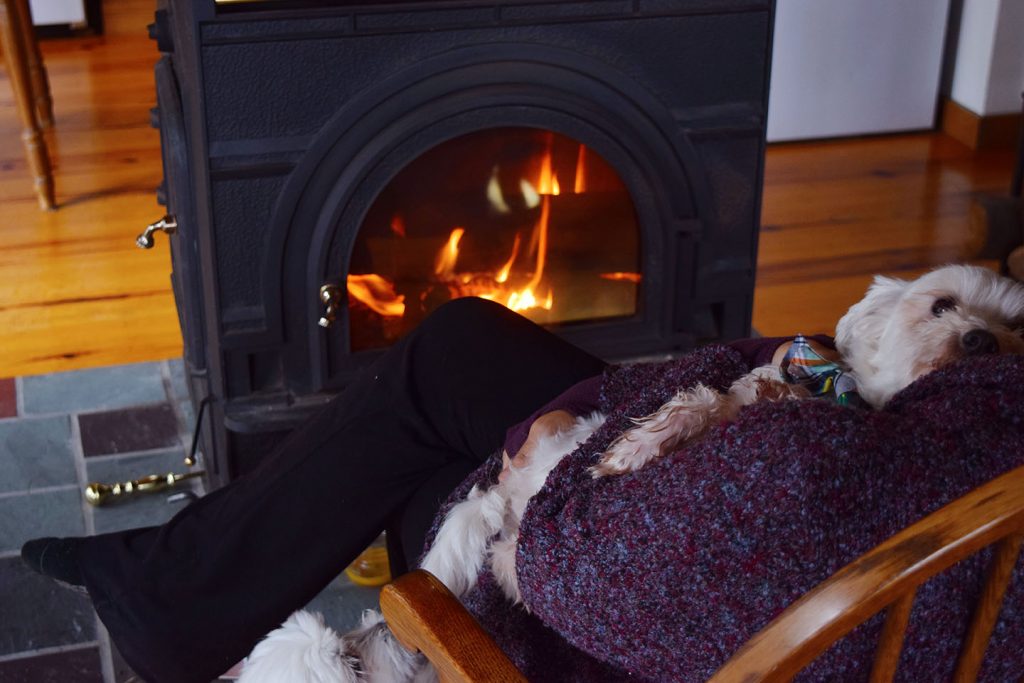
It is a very special place, and spending time here and advocating for it and places like it supports our personal mission of environmental conservation, sustainable living, and responsible guardianship of the natural world.
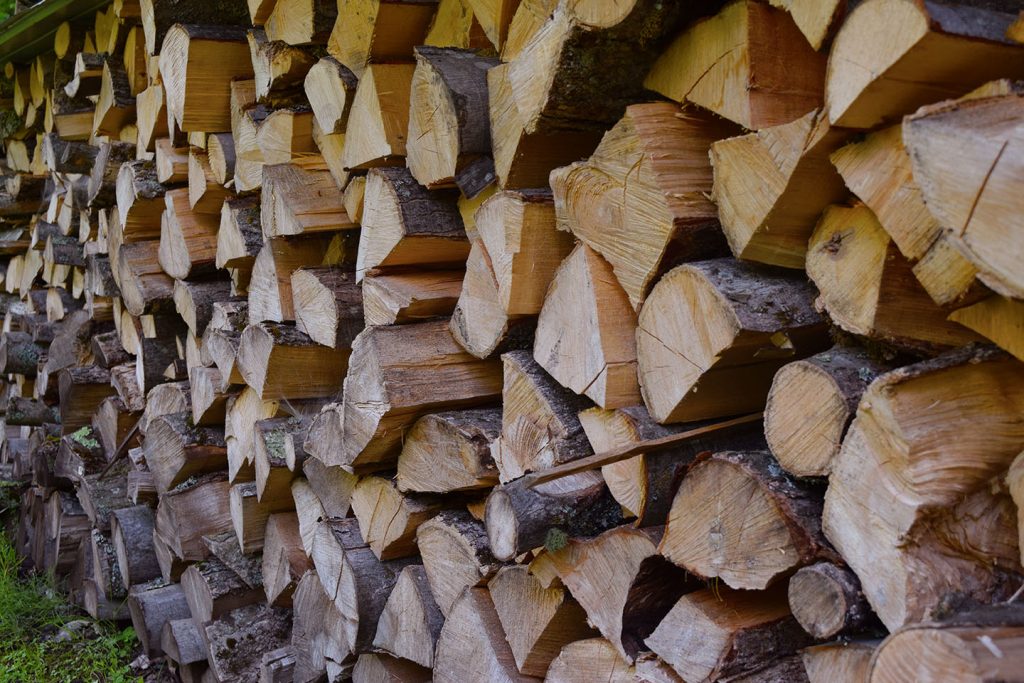
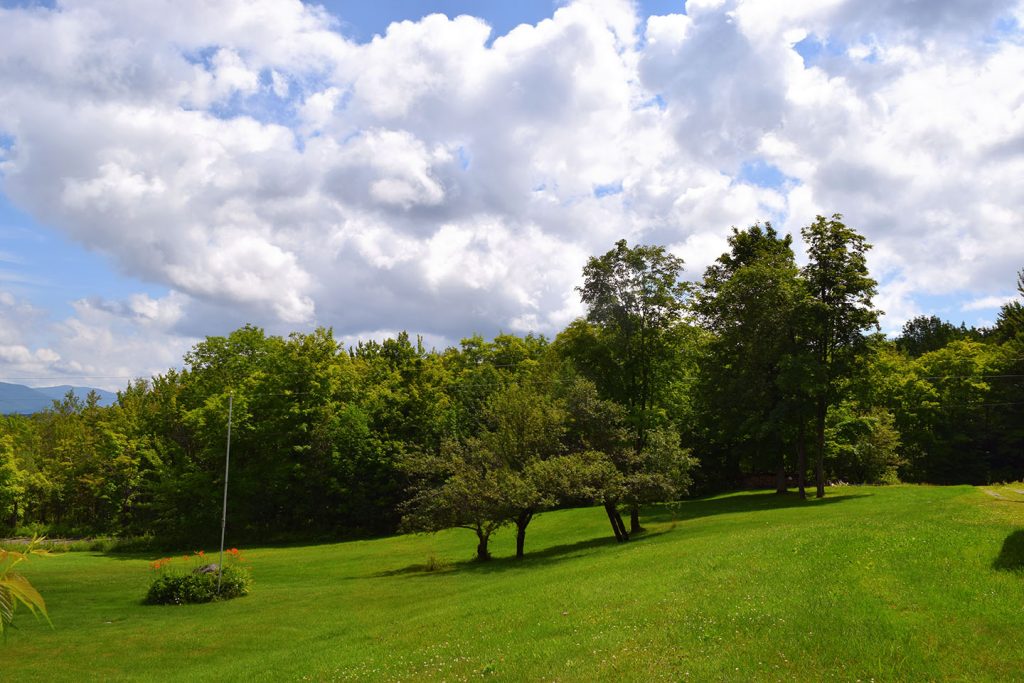
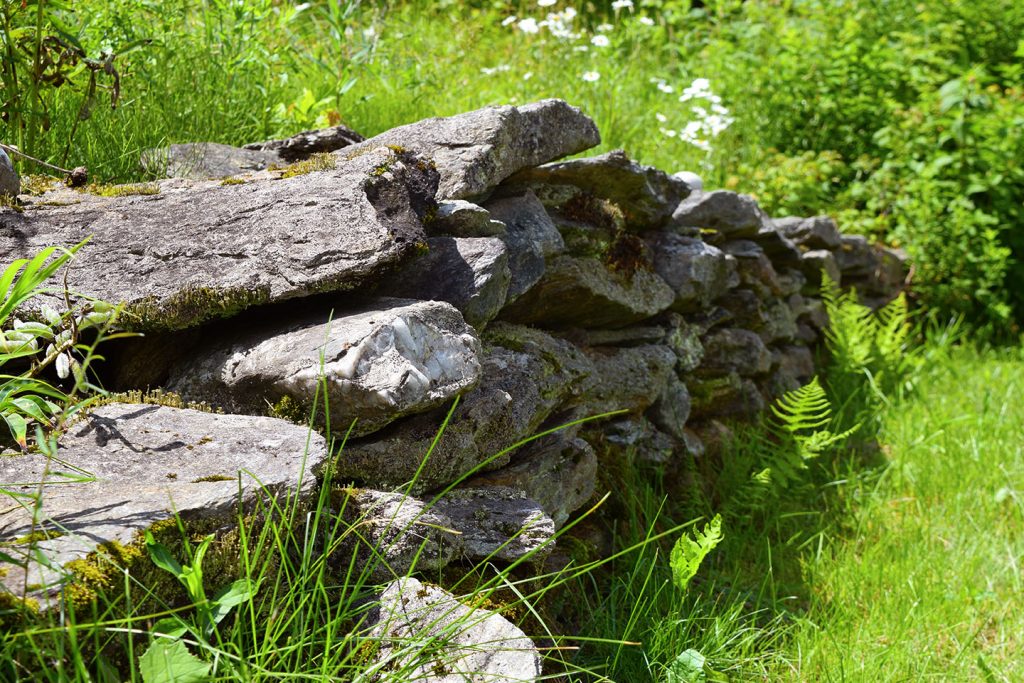

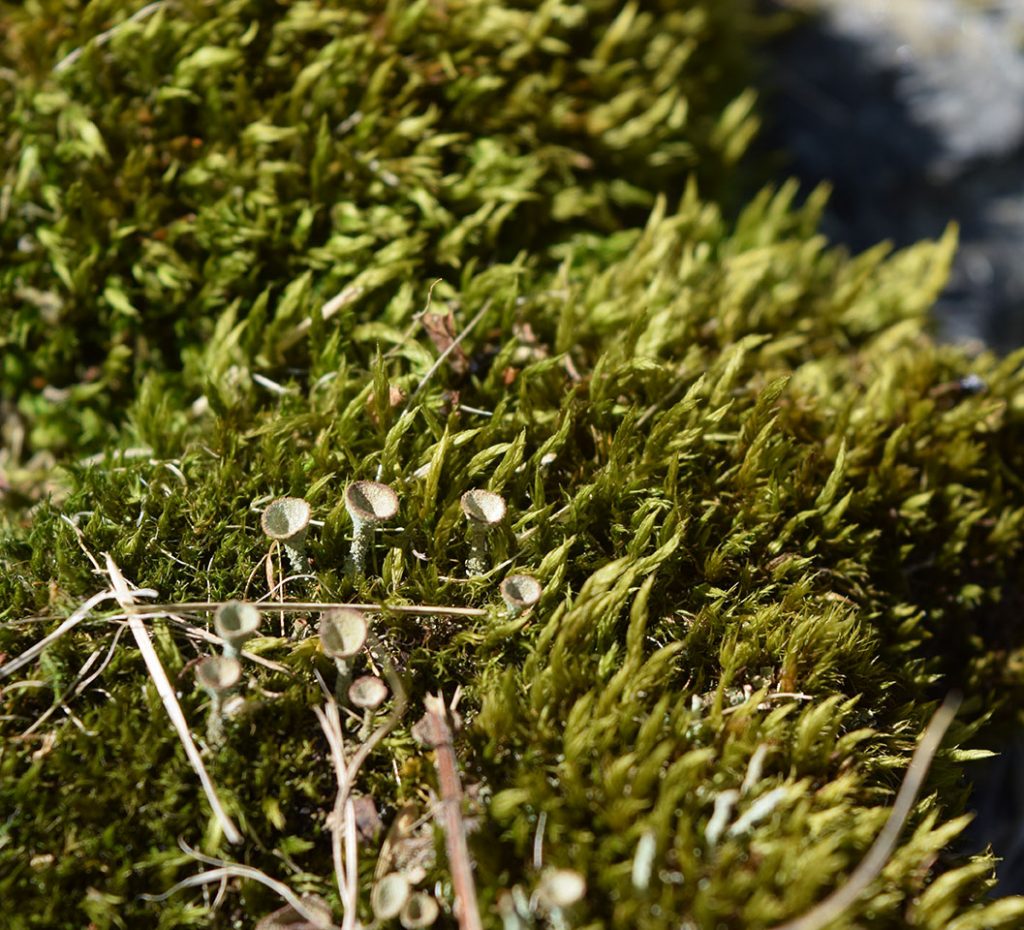
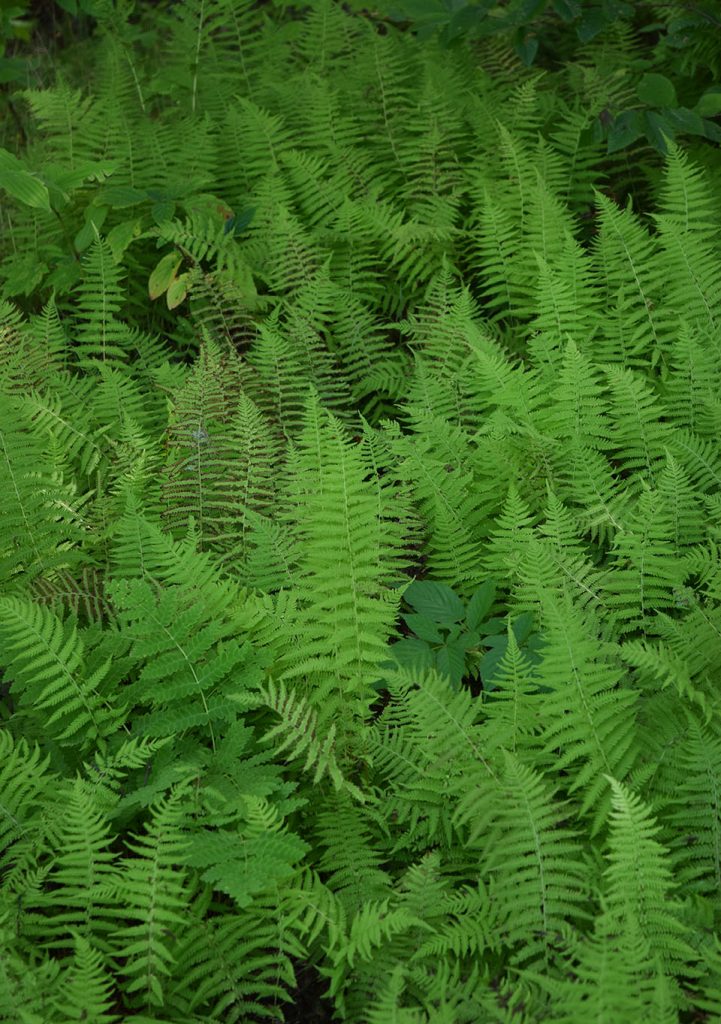
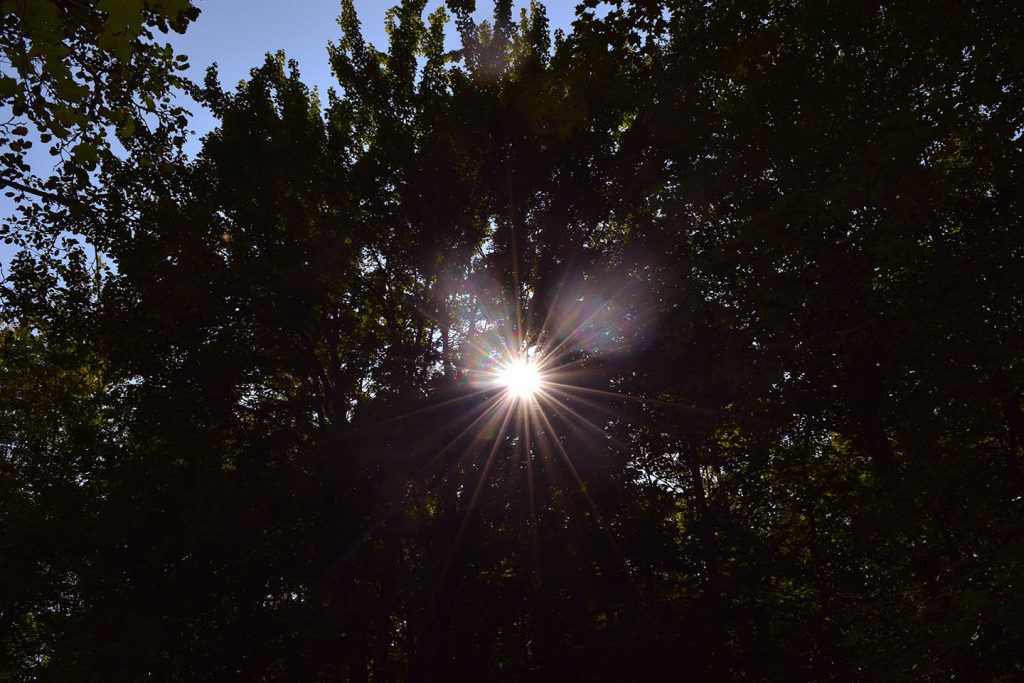
Already, autumn is stealing in on tiptoe.
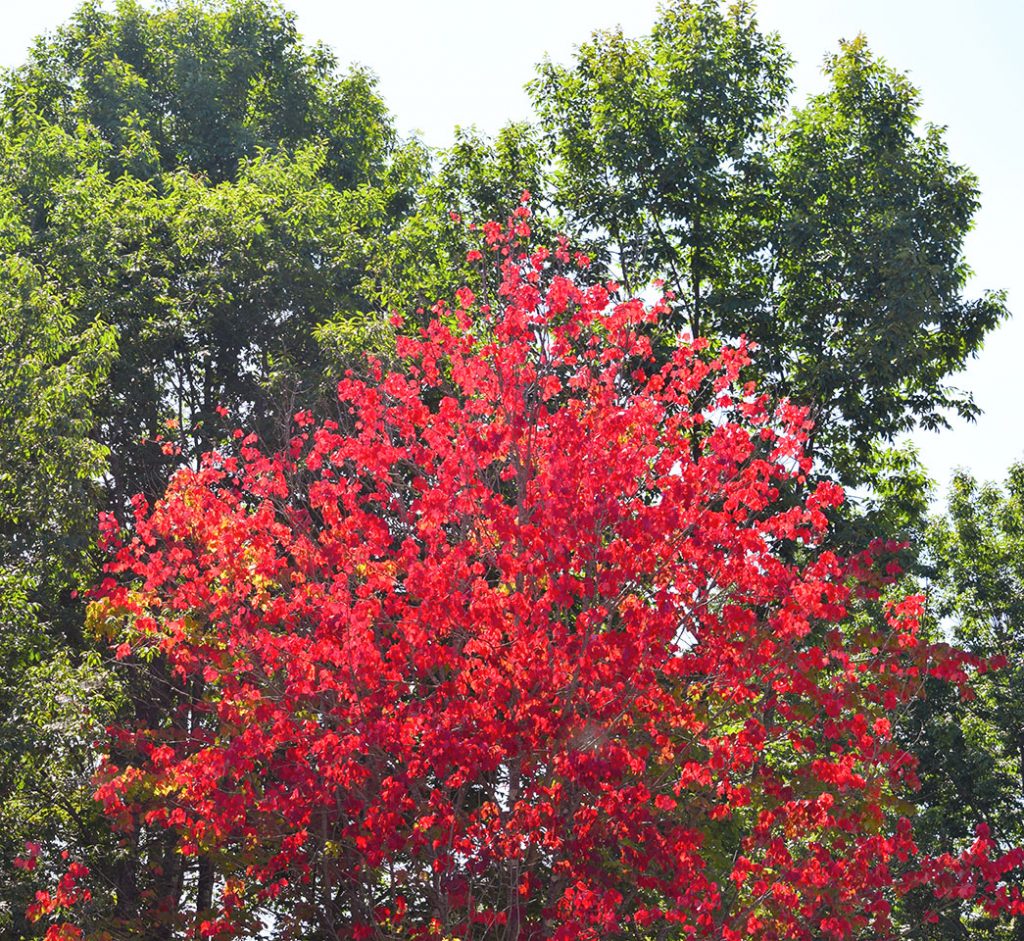
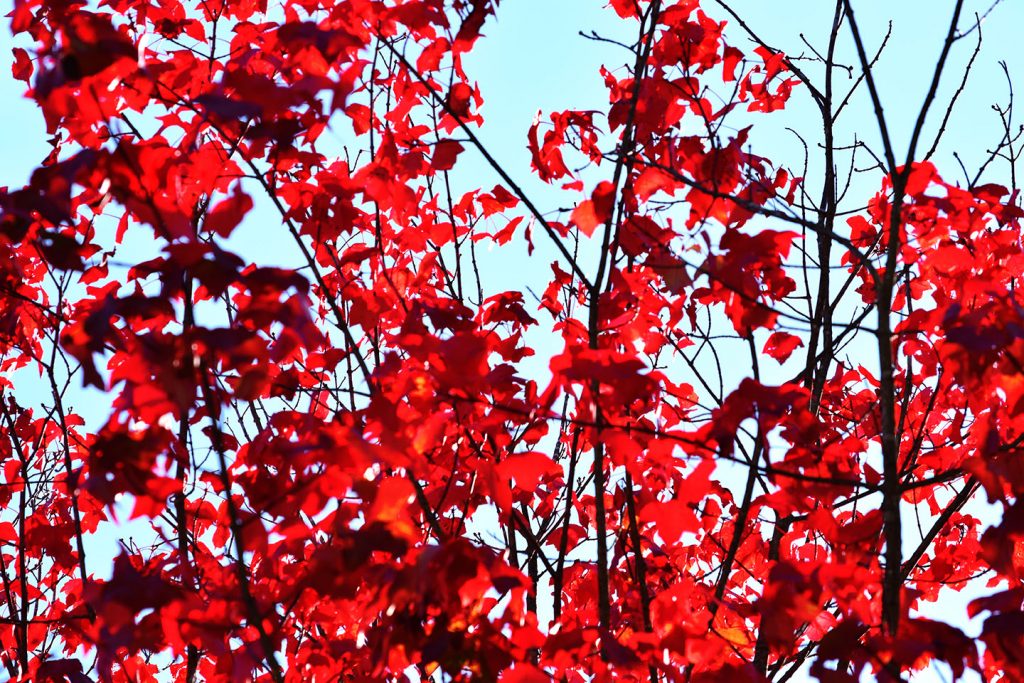
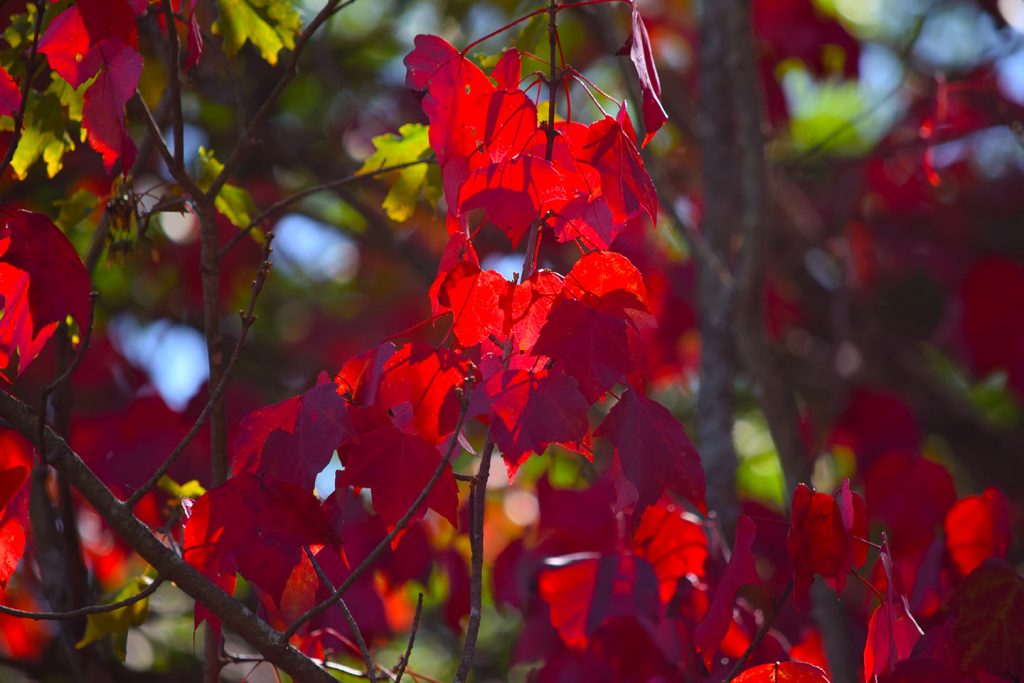
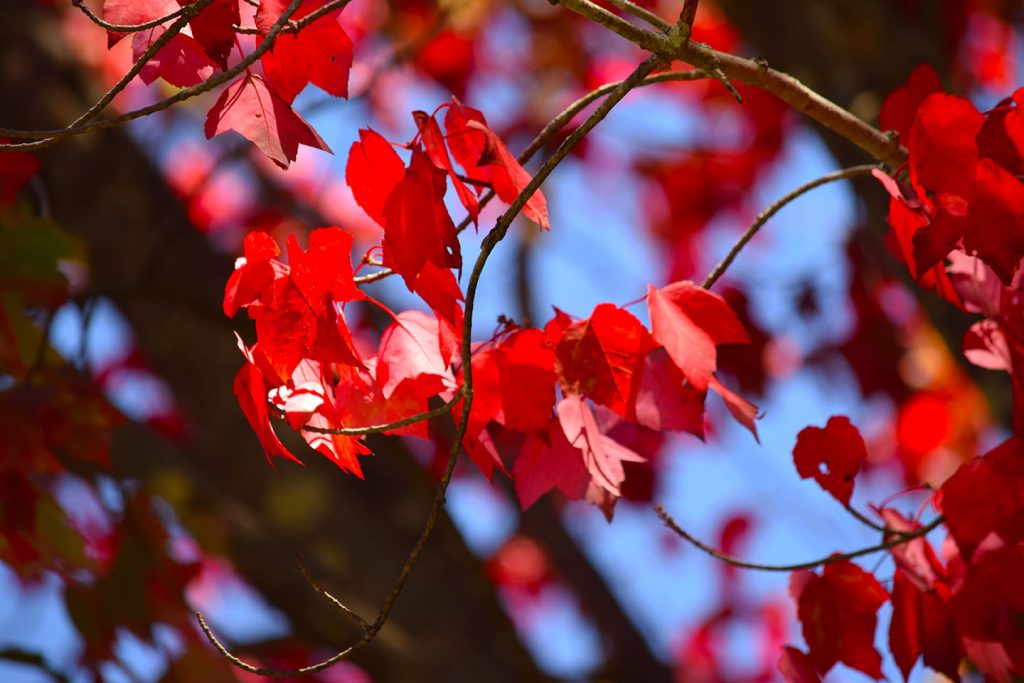
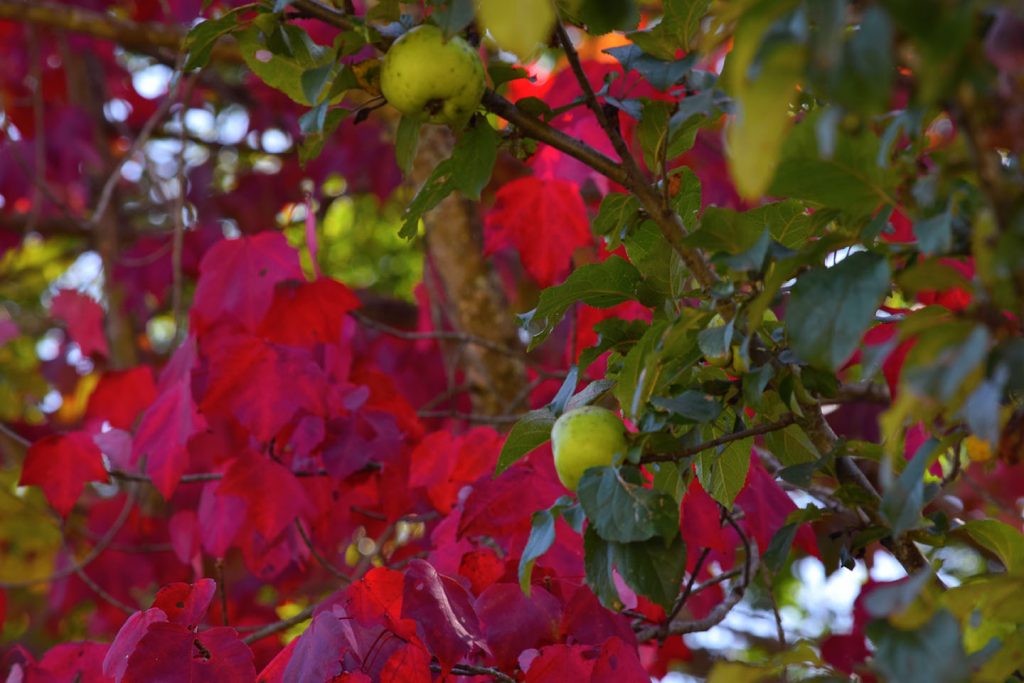
And finally, an office.
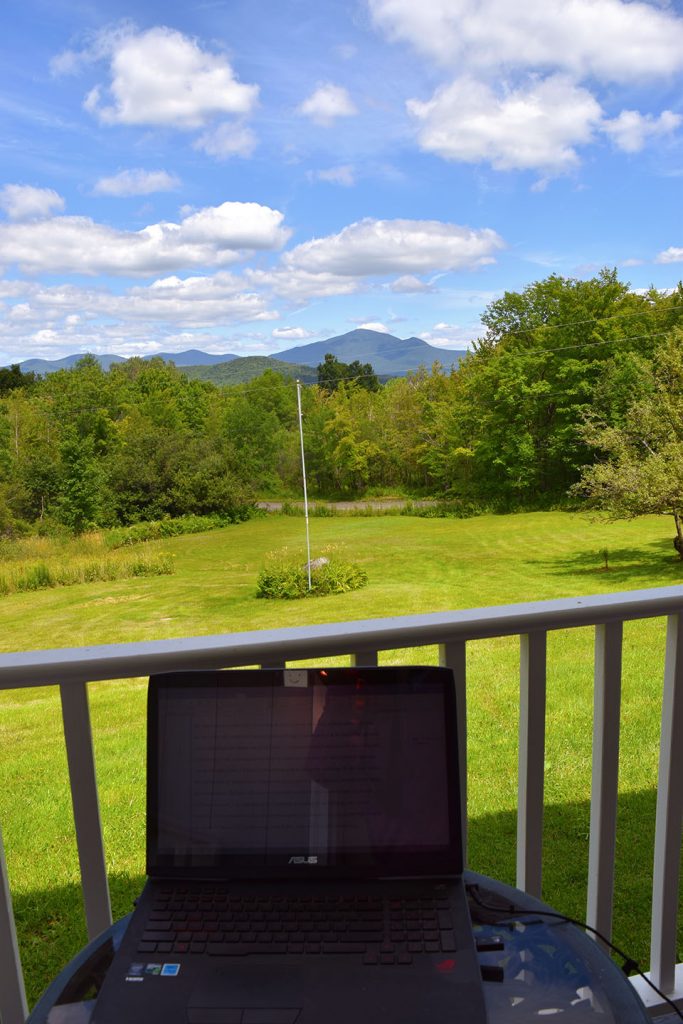
If you have any thoughts to share, please let us know; we’d love to hear from you.
Stay tuned for our next chapter on this great traveling adventure, coming up soon!
